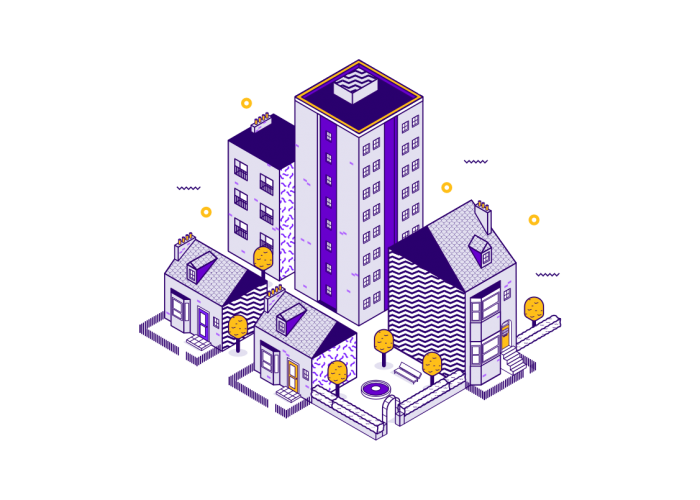
With the Homes (Fitness for Human Habitation) Act in force, it is vital landlords offer rental property which is fit for human habitation. However, what makes a home unfit for human habitation. Each individual is likely to have standards and expectations regarding the condition of rental property. Of course, there is expected to be a difference between what one person considers to be acceptable, and what others don’t, so landlords must take steps to ensure they provide rental property which won’t see them fall foul of the law.
What problems should you be concerned about?
There are key areas which are cited as making a home uninhabitable for tenants. If the building has been neglected and it is in bad condition, it may be uninhabitable. If the structure is unstable or there is a severe problem with damp in the property, it may be deemed uninhabitable. If the layout is unsafe, if there isn’t enough natural light, or if there is not enough ventilation, the problem may be uninhabitable.
An issue which makes a property uninhabitable is whether there is a problem with the supply of hot and cold water, or whether there is an issue with drainage and lavatories. Also, if a tenant is unable to prepare food, cook food or wash up after dining, the house may be uninhabitable.
Landlords should look out for:
• Asbestos and manufactured metal files
• Biocides, which are chemicals which treat mould
• Carbon monoxide
• Easy entry for intruders and burglars
• Electrical hazards
• Excess cold or excess heat
• Explosions
• Falling elements or structural collapse
• Fire issues and matters of fire safety
• Food safety
• Hot surfaces and materials
• Issues of domestic hygiene, refuse and pests
• Issues of personal hygiene, drainage and sanitation
• Lead
• Lighting issues
• Mould and damp growth
• Noise
• Overcrowding and a lack of space
• Radiation, from Radon Gas
• Slipping issues in the bathroom, shower, stairs, steps, on a level or between levels
• The tenant suffering physical strain due to operating amenities, such as heavy doors
• Uncombusted fuel gas
• Volatile organic compounds
• Water supply problems
Some of these elements may be more likely than others, but it is vital landlords are aware of matters which may make their property uninhabitable. If you need assistance in determining what poses a risk at home, contact a professional for guidance.
Is the problem so bad a tenant cannot live there?
If a tenant takes the matter to court, the judge will ask “is the problem so bad that it makes your property not fit to live in?” You have to answer this question, providing reasons that you believe the home is habitable.
Ideally, a tenant and landlord can resolve matters before it goes to court, but landlords must be aware tenants have the right to take landlords to court if they consider the rental property to be uninhabitable.
The court will make a decision, which the landlord must abide by. If the property is uninhabitable, an order to improve the property will be made on the landlord.
Being a landlord is challenging, and there are more regulations and rules in place to protect tenants. If you need assistance in managing your property and providing tenants with the best service, please contact Nationwide Accommodation Services Ltd, and we’ll be happy to help.
Articles
Our latest blog articles

NACCS Landlord Tax Guide
Being a landlord can be rewarding, but it is a challenging process. Landlords have considerable responsibilities, in pleasing tenants, in maintaining ...

What Does A Tenant-Find Service Offer?
It is understandable most landlords are looking for assistance in letting their property. Even if you want to be hands-on in some parts of the process...

Business as Usual!
Following government guidelines on the second lockdown, naccs continues to be fully operational The guidance from the secretary of state for housing ...